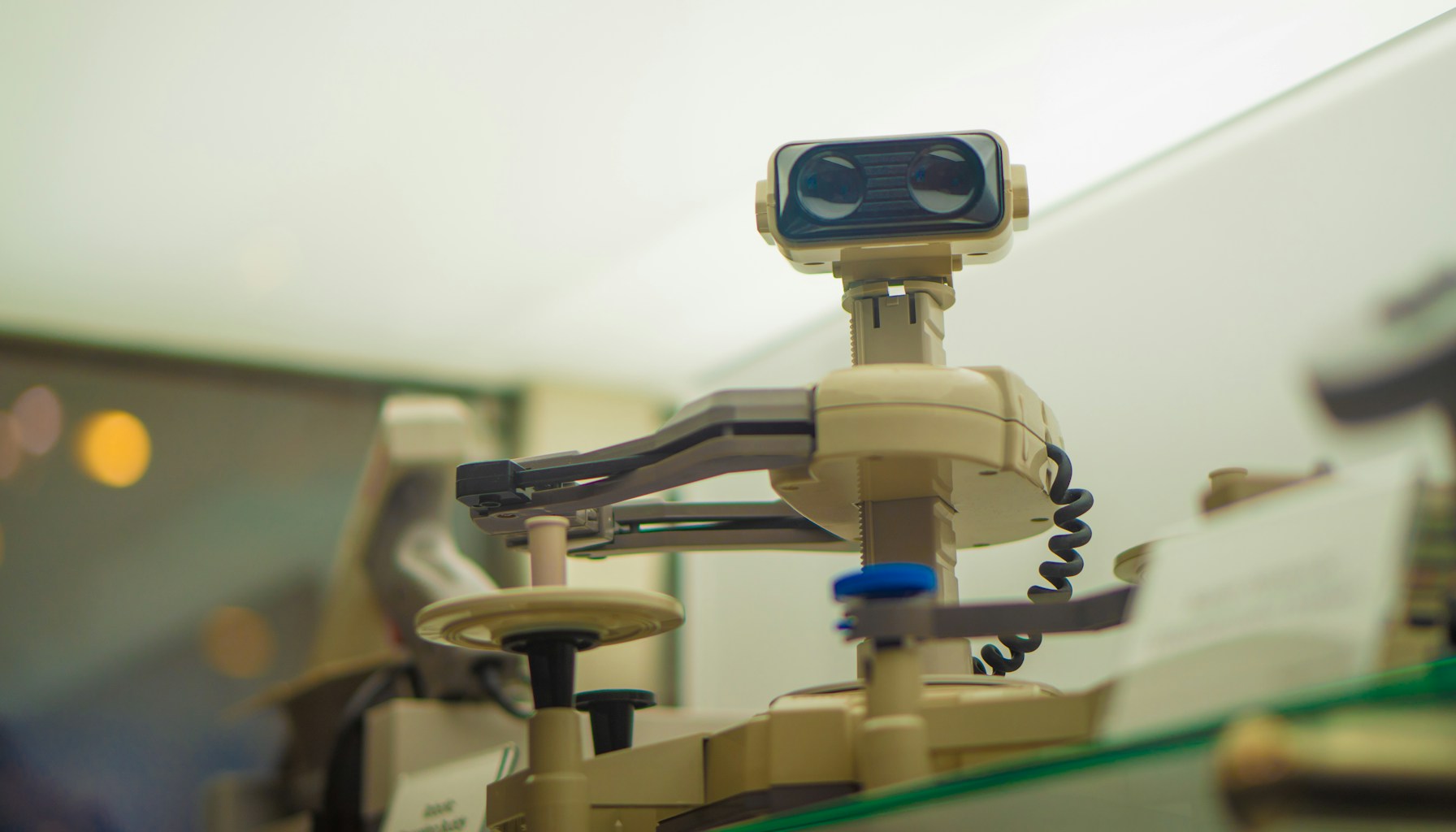Robotics Perception Systems: Enhancing Machine Vision for Smarter Automation
Published 2025-10-11 · AI Education | Robotics

Ever wondered how robots 'see' the world? Robotics perception systems are the eyes and brains behind autonomous machines, transforming how they interact with their surroundings. As industries push for smarter automation, understanding these systems is crucial. But what makes them tick, and why are they more important now than ever? Let's dive into the world of machine vision and explore its impact on robotics.
What is Robotics Perception?
Robotics perception refers to the ability of robots to interpret data from their sensors to understand their environment. Historically, this involved basic image processing. However, recent advances in AI and machine learning have revolutionized how robots perceive the world, enabling more complex tasks and interactions.
How It Works
Think of a robot's perception system like a human's vision and brain working together. Cameras capture images, which are then processed by algorithms to identify objects, distances, and even emotions. For example, in a warehouse, a robot might use depth sensors to navigate aisles, avoiding obstacles and selecting items with precision.
Real-World Applications
In manufacturing, perception systems enable robots to perform quality checks by identifying defects. In agriculture, drones use these systems to monitor crop health. Autonomous vehicles rely on them for safe navigation, detecting pedestrians and other vehicles in real-time.
Benefits & Limitations
Robotics perception enhances accuracy and efficiency, reducing human error. However, it requires significant computational power and can be costly. It's not always suitable for environments with poor visibility or rapidly changing conditions, where traditional methods might still be more reliable.
Latest Research & Trends
Recent studies focus on improving real-time processing and reducing latency. Notable releases include NVIDIA's advancements in AI-driven perception for autonomous vehicles, which promise faster and more reliable object detection.
Visual
mermaid flowchart TD A[Camera]-->B[Image Processing] B-->C[Object Recognition] C-->D[Decision Making] D-->E[Action]
Glossary
- Machine Vision: Technology enabling machines to interpret visual data.
- Depth Sensors: Devices measuring the distance to objects, aiding navigation.
- Autonomous Vehicles: Self-driving cars using AI for navigation and control.
- Image Processing: Analyzing images to extract meaningful information.
- Object Recognition: Identifying objects within an image or video.
- Latency: Delay between input and response in a system.
- Computational Power: The processing capability of a computer or system.
Citations
- https://developer.nvidia.com/drive
- https://www.roboticsbusinessreview.com/research/robotics-perception-systems/
- https://www.sciencedirect.com/science/article/pii/S0921889018300031
- https://openai.com/index/hygh
Comments
Loading…